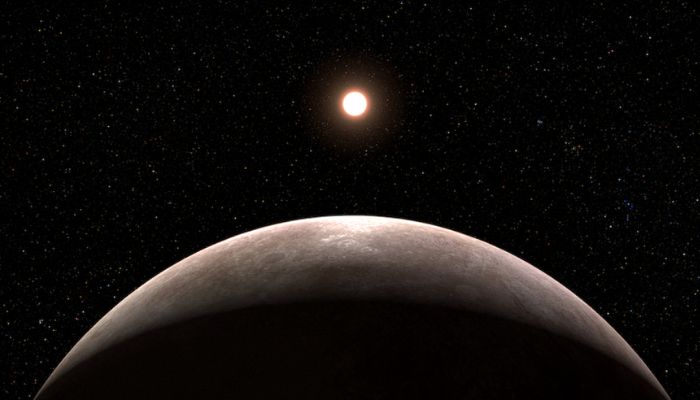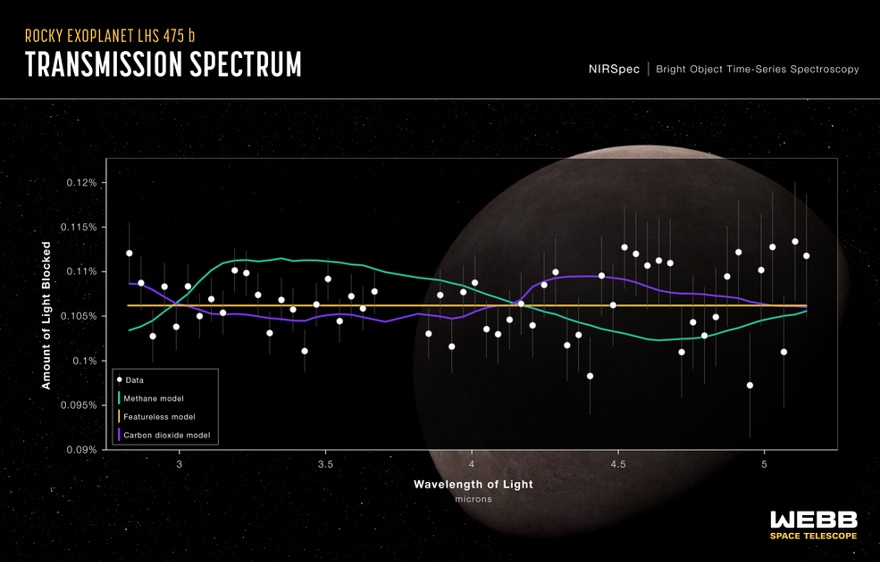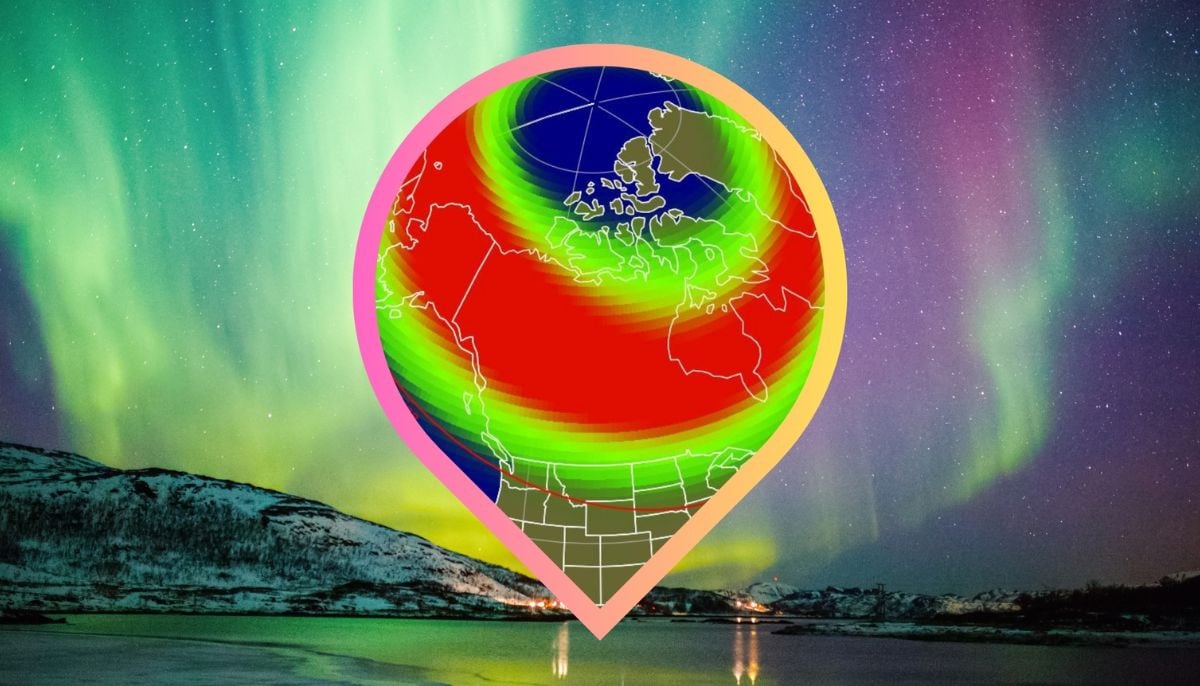JWST discovers 'whole new world' exactly size of Earth
"Webb is bringing us closer and closer to a new understanding of Earth-like worlds outside our solar system," Mark Clampin, the director of NASA's Astrophysics Division, says
Researchers have discovered a weird new planet. It resembles Earth in size almost perfectly. It is uneven and it is not too far away (41 light-years away).
This exoplanet, which is a planet outside of our solar system, was discovered for the first time by astronomers using the James Webb Space Telescope, the most potent space telescope ever created. It is known as LHS 475 b.
"Webb is bringing us closer and closer to a new understanding of Earth-like worlds outside our solar system, and the mission is only just getting started," Mark Clampin, the director of NASA's Astrophysics Division, said in a statement.
However, the planet has several significant differences from Earth. Every two days, LHS 475 b makes a relatively tight orbit around its tiny star. The star, known as a "red dwarf," is cooler because it is half as big as the sun. Overall, this planet is "a couple of hundred degrees warmer than Earth," according to NASA.
"With this telescope, rocky exoplanets are the new frontier."
It is significant that LHS 475 b might still have an atmosphere. But in order to confirm its precise composition, Webb will need to be pointed again at this planet in order to gather more precise data, which is planned for later this year.
"The observatory's data are beautiful," Erin May, an astrophysicist at the Johns Hopkins University Applied Physics Laboratory, said in a statement.
"The telescope is so sensitive that it can easily detect a range of molecules, but we can’t yet make any definitive conclusions about the planet’s atmosphere."
With a mirror more than 21 feet broad, the massive Webb telescope is made to gather light from some of the most ancient galaxies that have ever existed billions of years ago. However, it also has specialised equipment known as spectrographs that can identify what is in an exoplanet's skies.
Today, there isn't another functioning telescope that can investigate the contents of an Earth-sized planet's atmosphere. Earth is a little planet. Jupiter-like exoplanets are therefore simpler to find and study.
Webb will probably find and examine more Earth-sized, rocky planets. "These first observational results from an Earth-size, rocky planet open the door to many future possibilities for studying rocky planet atmospheres with Webb," NASA's Clampin said.
-
Elon Musk’s Starlink rival Eutelsat partners with MaiaSpace for satellite launches
-
Blue Moon 2026: Everything you need to know
-
Scientists unravel mystery of James Webb’s ‘little red dots’ in deep space
-
ISS crew of four completes medical evacuation with safe splashdown off California
-
Annular solar eclipse 2026: Here's everything to know about the ‘ring of fire’
-
World’s first ice archive created to preserve fast-melting glaciers’ secrets
-
NASA, DOE to develop Nuclear Reactor on the Moon by 2030
-
Aurora alert: Northern lights visible tonight at high latitudes













